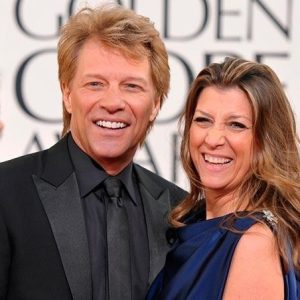As the highest-selling manga in history approaches its finale, how can One Piece cement its legacy as one of the greatest series ever?

HIGHLIGHTS
One Piece’s immersive world building and intricate narrative set it apart from its shonen rivals, ensuring a unique storytelling experience.
The Final Saga promises to be the most exciting segment of the series, with Oda’s meticulous storytelling paying off in an epic conclusion.
Oda’s innovative use of real-world parallels, combined with a massive 1000+ character cast, sets the stage for a climactic, world-altering battle.
For over a decade now, Eiichiro Oda’s One Piece has reigned as the title to beat each year among the highest-selling Weekly Shonen Jump manga. The series’ time at the top extends back to when it was competing with Masashi Kishimoto’s Naruto and Tite Kubo’s Bleach, in an era where this trio was once known as the “Big Three” shonen manga. However, the conclusions of both Naruto and Bleach occurred several years ago, leaving only one of the Big Three behind.
Currently, One Piece is in the middle of its own Final Saga, which has been described by Oda as the most exciting segment of the project he has devoted the majority of his life to. With the buzz surrounding the series’ highly anticipated finale, coupled with a swarm of announcements regarding its anime and live-action adaptations, One Piece is enjoying a huge surge in global popularity, and here’s why the series’ immersive take on the shonen formula, could help it succeed where its old rivals failed.
What Sets One Piece Apart From Its Rivals

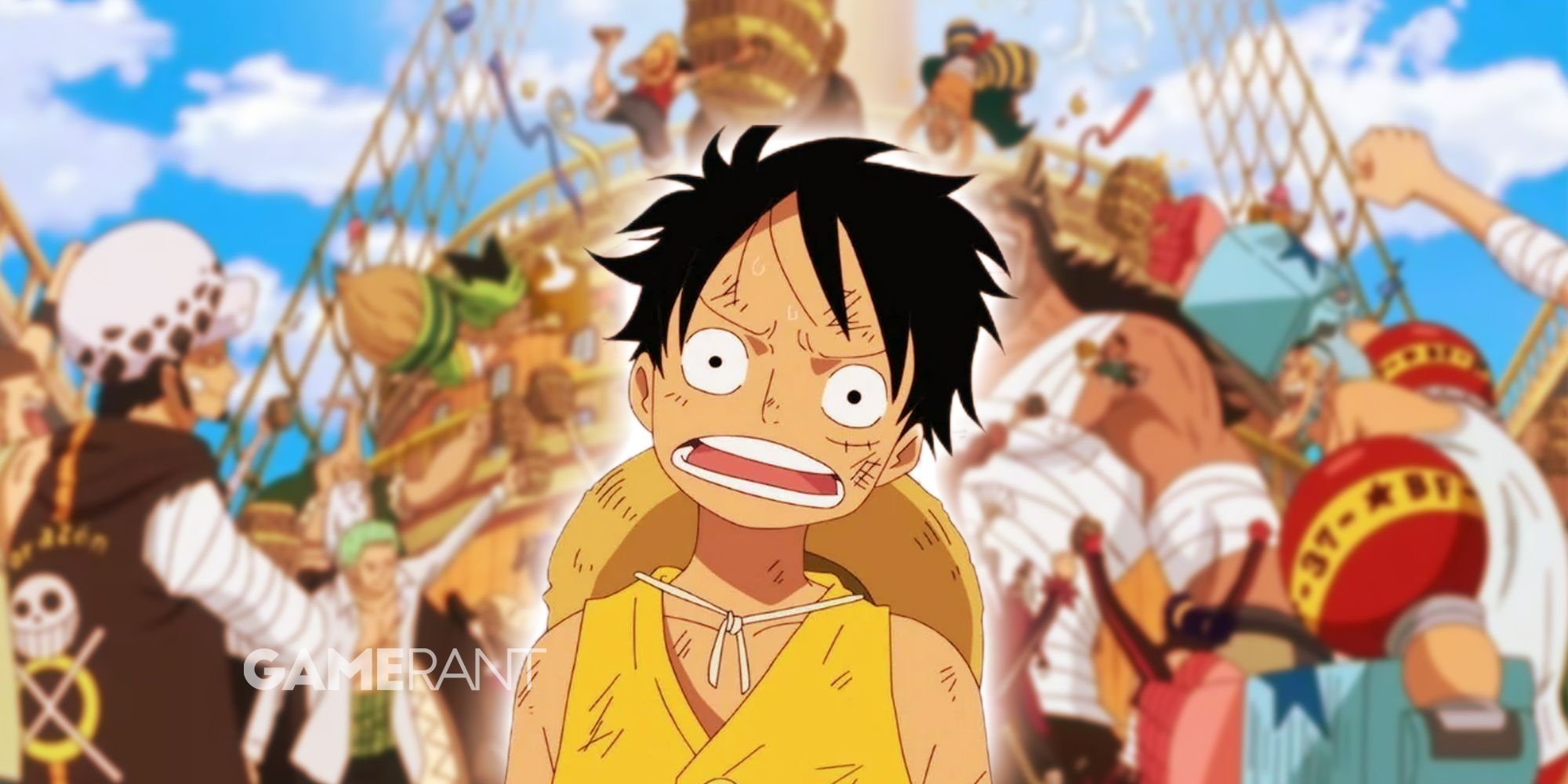



Having been in publication for more than 25 years, One Pieceis the highest-selling manga of all time, which already puts it in a class of its own. Alongside its immense popularity, the series’ longevity has contributed heavily to its commercial success, with over 1100 published chapters and hordes of spin-off content comprising its canon narrative.
These facts and figures do not do justice in illuminating what makes One Piece unique within the landscape of shonen manga. Simply put, One Piece features some of the most intricate and detailed world building in the medium of manga, and perhaps in contemporary fictional storytelling as a whole. Although the series’ story arcs do recycle certain elements of a tried and tested formula, this repetition always feels fresh due to the immersive manner in which Oda recontextualizes them in each new setting.
Furthermore, the grand scale of the story, along with the depths to which Oda has fleshed out the lore and complex power dynamics at play in the world of One Piece, add to this sense of immersion. Many real world parallels are evident in quite a few of the locations visited by the Straw Hat Pirates. That being said, the story’s surreal and borderline absurd shifts in tone balance out some of the darker themes of the story, allowing it to retain its essence as a tale of adventure, camaraderie, and the pursuit of individual dreams.
Considering how long One Piece has been in serialization, along with the huge number of plot threads that need to be resolved before the story ends, expectations about how the Final Saga will wrap everything up satisfyingly, are justifiably high. Fortunately, the series has only gotten better over the years, as Oda has honed his craft as a storyteller, and the payoff for many foreshadowed events is now finally coming to fruition.
How Did Other Shonen Series Fail In Their Last Acts?
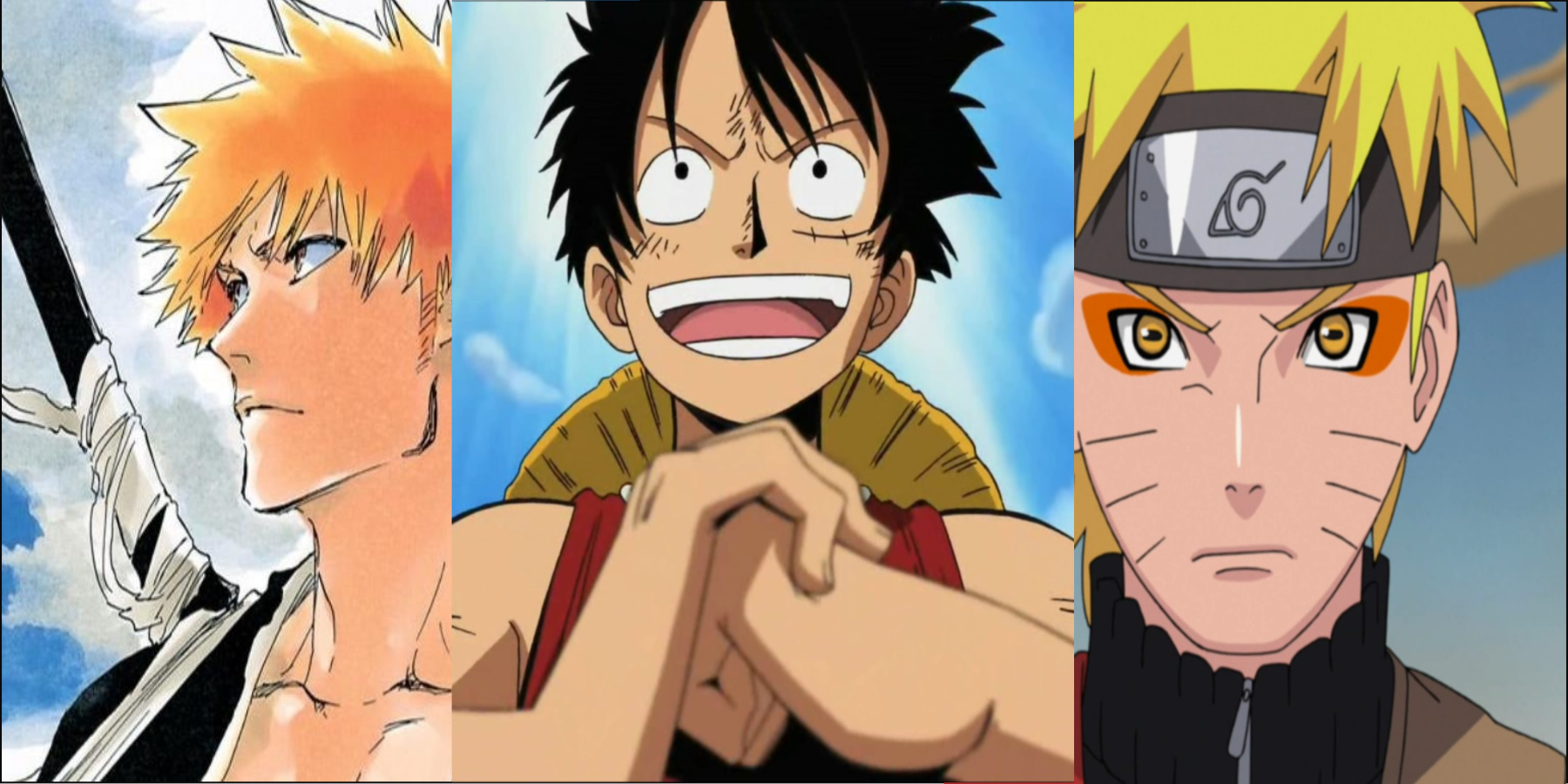
By contrast, the final story arcs of One Piece’s peers among the Big Three, have both received substantial criticism for how they were executed. Naturally, there were many understandable reasons why this drop in quality occurred in both Naruto and Bleach, since the artists behind them had been working on these titles for well over a decade while dealing with the pressures of strict deadlines, fan expectations, and their own personal ambitions for their work.
In Naruto’s final story arc, the last-minute introduction of a new antagonist, provided an avenue for the launch of its sequel series, Boruto: Naruto Next Generations. The unusual manner in which this was incorporated into the plot, along with the underwhelming resolution of a conflict which had taken up a significant portion of the manga’s run, contributed to how poorly the Fourth Shinobi World War Arc has been viewed retrospectively, even as Naruto and Sasuke’s anticipated rematch more than lived up to expectations.
Alternatively, Bleach rushed towards a finale that felt almost premature with respect to what its creator had been building up, and there has been a great deal of debate behind why this was the case, ranging from Tite Kubo’s health to the series’ gradual decline in popularity. With this in mind, one can only hope that a similar fate does not befall One Piece, since concerns about Eiichiro Oda’s intense work schedule and health are warranted when examining the near-inhuman levels of stress that manga artists are forced to contend with, in order to see their work featured in major publications.
A Culmination Of Three Decades Of Storytelling

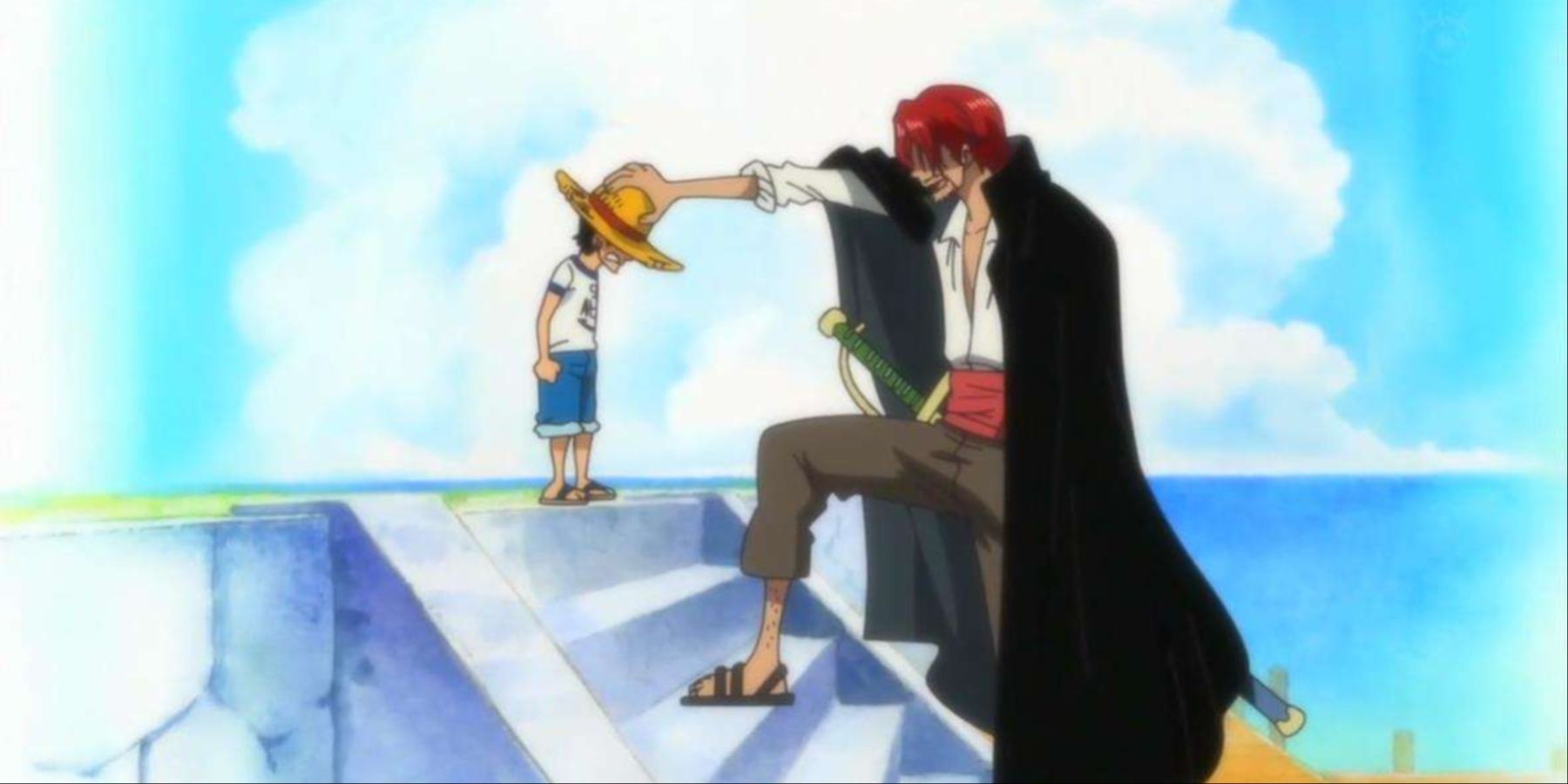
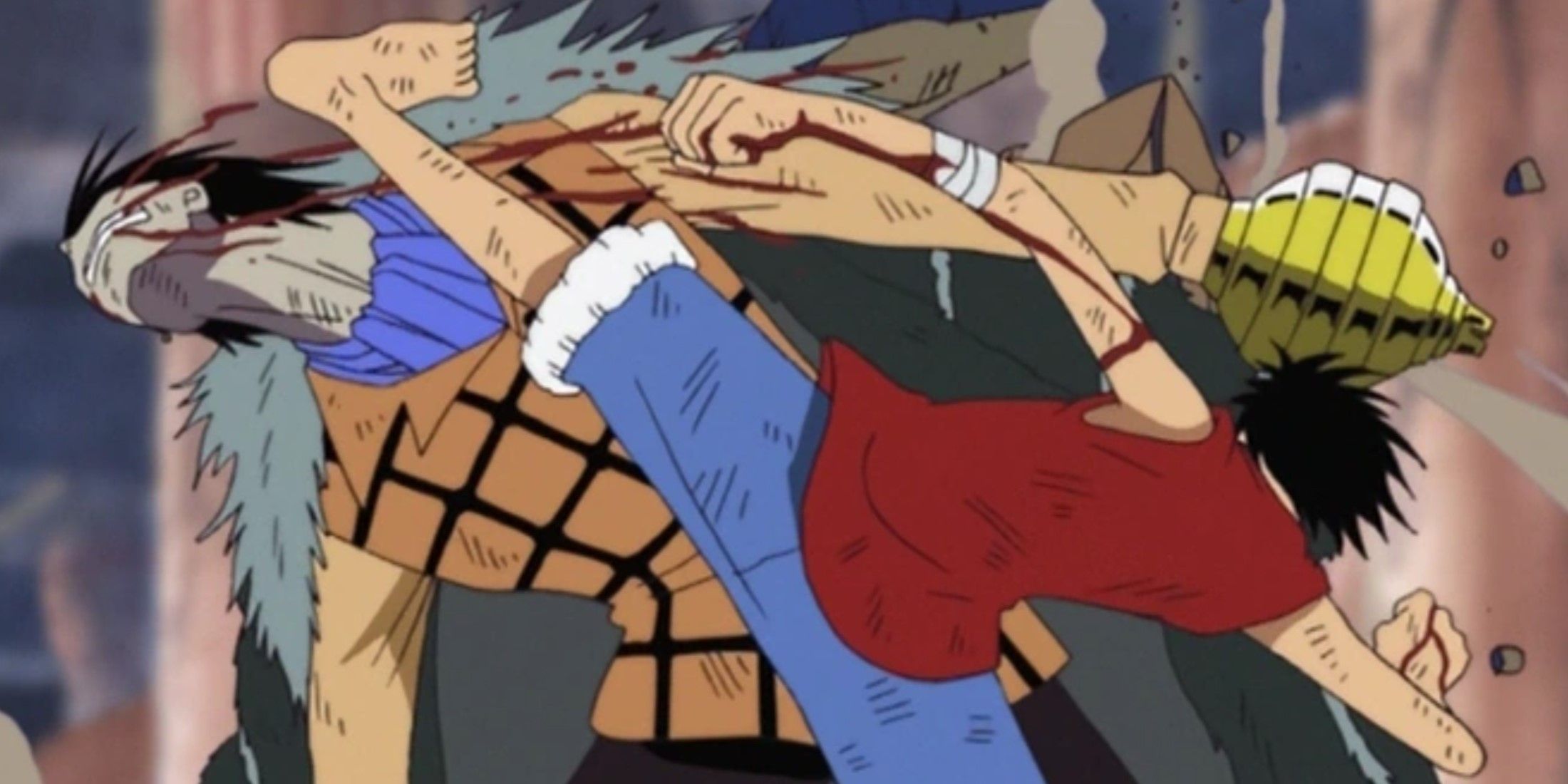




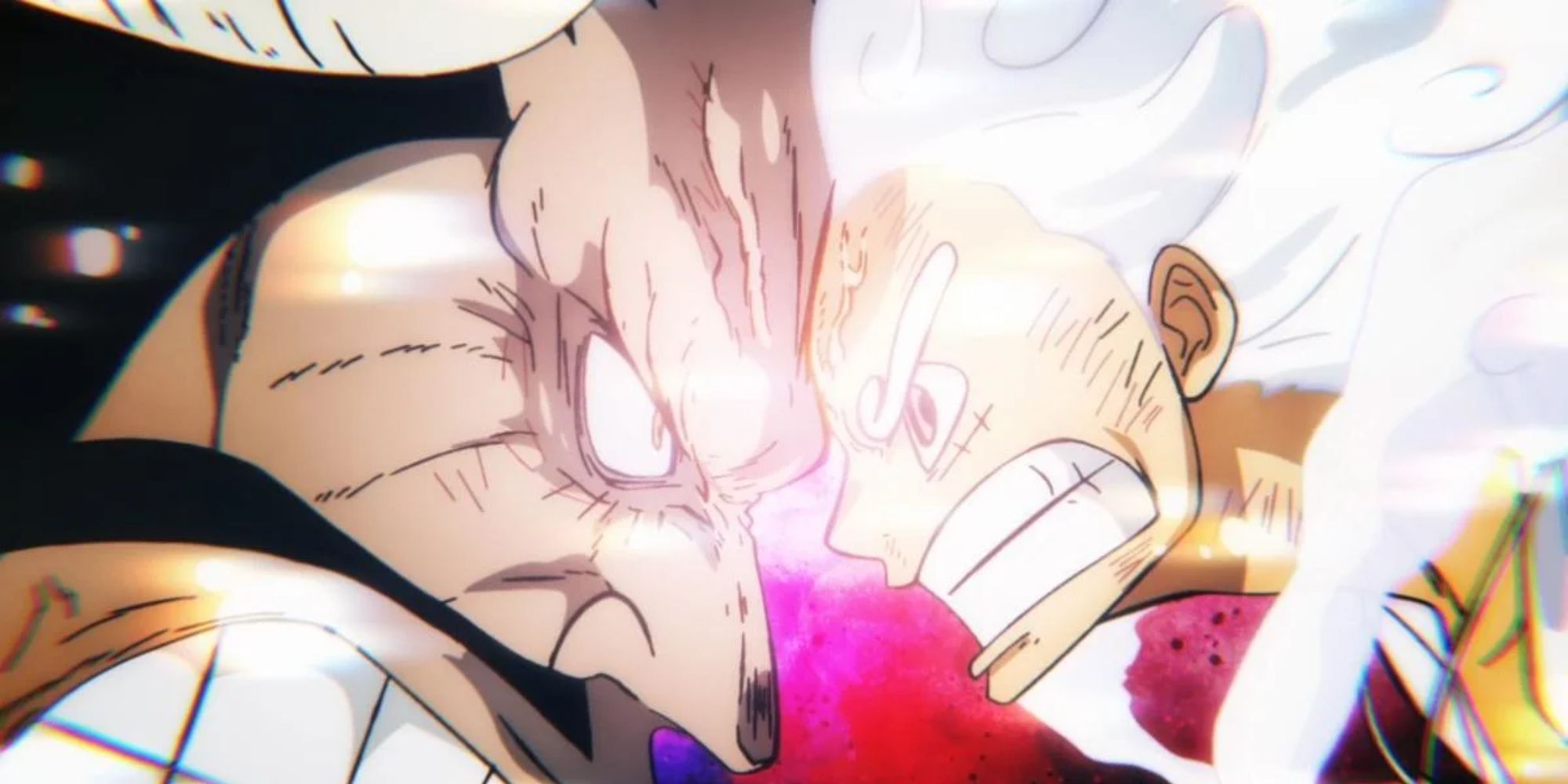
Where both its rivals failed, One Piece has a huge chance of succeeding due to how its world building is far more comprehensive when compared to any other long-running shonen series. The series has done a brilliant job of depicting the intricacies of global geopolitics in a multitude of different contexts.
In addition, the political turmoil experienced by each nation portrayed within the series, is complemented by a well-rounded depiction of their individual cultural leanings, local folklore, and important historical events that tie these nations to the larger conflict against the World Government. As a result, even though it may not have been apparent at the very beginning of the series, One Piece has always been building up to a global-scale conflict that will forever alter the current world order of the series.
This progression from localized, small-scale battles to wars of monumental proportion, is the product of decades of build-up, as the Straw Hats were exposed to the ills of the world and gradually began to understand the World Government and the Celestial Dragons’ role in perpetuating global injustices. Moreover, the depth of the series’ world building features innumerable seeds and clues that add layers upon layers of motive and justification for the likely downfall of the World Government and the tyrannical world order they represent.
What makes this work is the sheer number of different contexts, regions, and scenarios where the World Government’s corruption and inhumane treatment of its subjects has been exposed, underscoring the fact that it is not a localized problem, but one of global magnitude. All this ties into how, at the end of the day, One Piece’s core values reject authoritarianism and totalitarianism, as it is a story driven by the pursuit of dreams and individual freedoms.
The War To End All Wars
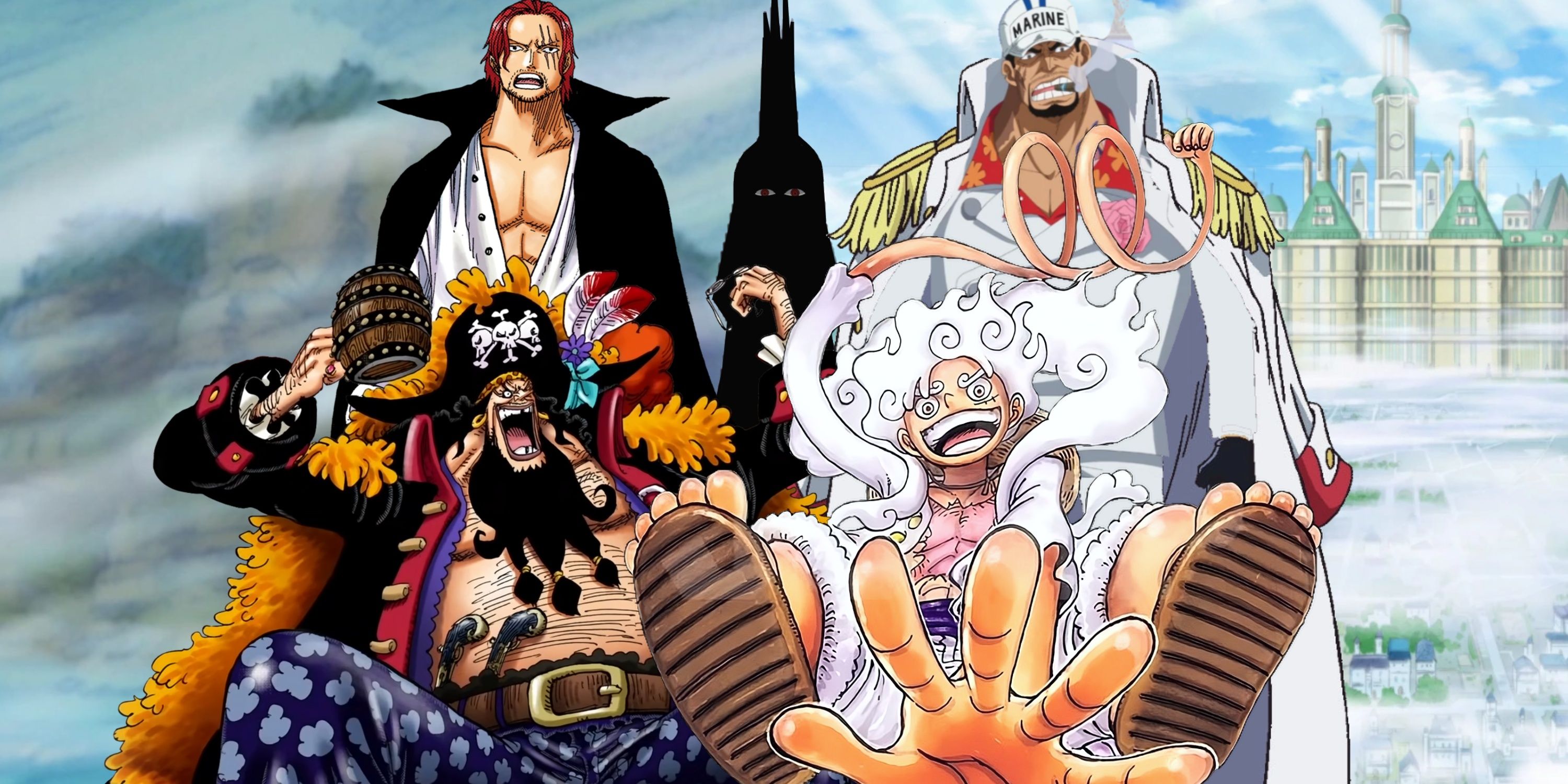
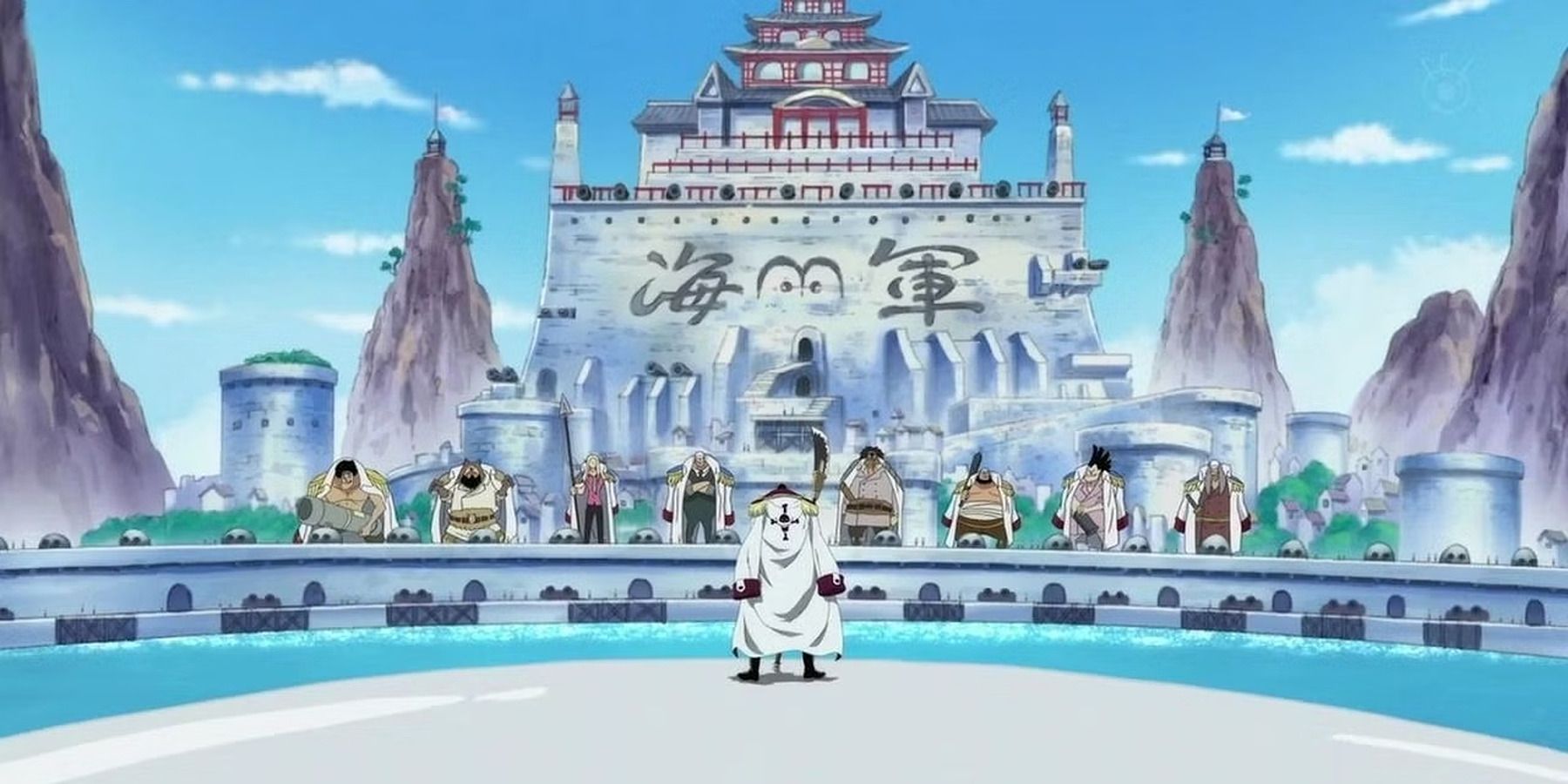
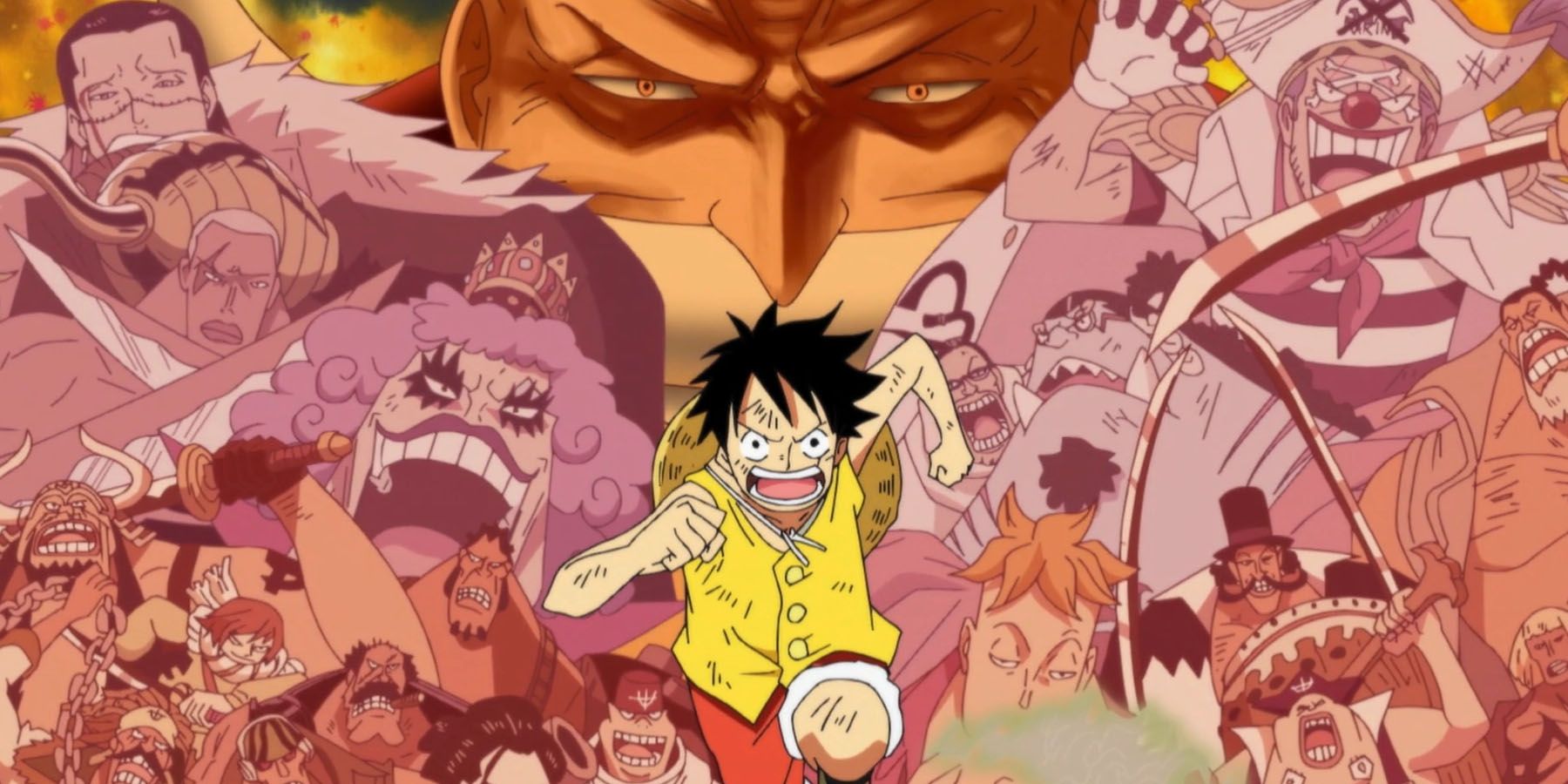

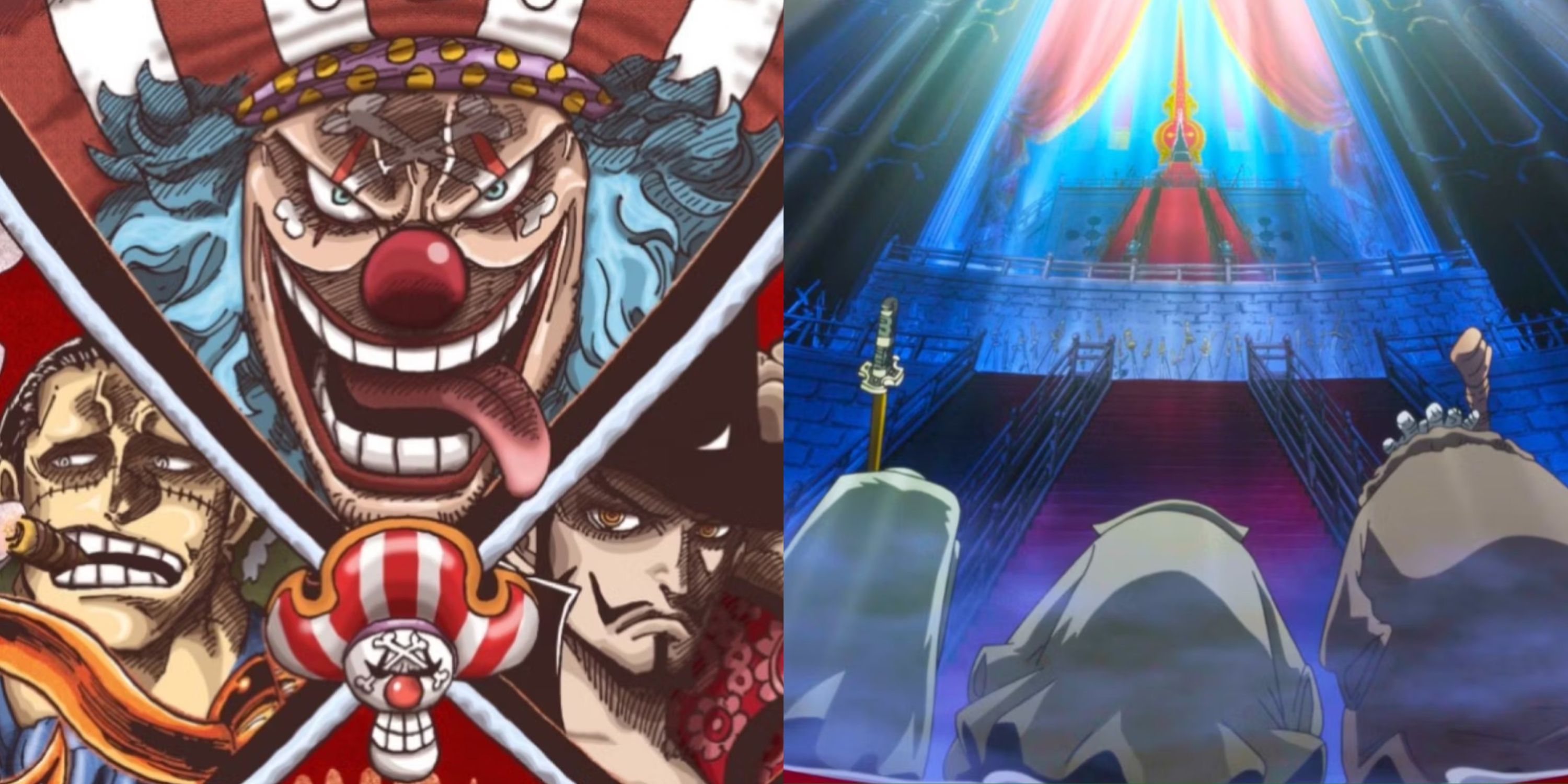







Naturally, with the current state of affairs in One Piece at the start of the Final Saga, global trust in the World Government is eroding as their many ill-deeds are becoming common knowledge. Consequently, the task of bringing an end to their oppression will almost inevitably involve a major battle against their forces, including the Marine Admirals, the Five Elders, God’s Knights, and Imu.
Whether this conflict will be the great war foreshadowed by Whitebeard, is anyone’s guess, and the various factions and alliances that will constitute the opposing sides of this battle have still not been revealed. Eiichiro Oda has himself noted that there will be a war of massive scale at the climax of the Final Saga, eclipsing even the Battle of Marineford. Such a statement is not to be taken lightly, given how much the Summit War Saga forever altered both the franchise, and the outlook of its main protagonist, Monkey D. Luffy.

RELATED
One Piece: How Many Arcs Will The Final Saga Have?
The long-awaited conclusion to a legendary shonen manga is finally in sight, but how many new directions will the story take before coming to an end?
Even if the act of using a major war arc to close out a prominent shonen series is not a new idea — as seen in both Naruto and Bleach — One Piece holds the potential to do something truly extraordinary with its lengthy set up for this conflict. Featuring over 1000 named characters — which is rare for a work of fiction in any medium — One Piece now has the opportunity to call upon every single one of them in the Final Saga, and the great war that will conclude its narrative.
Where most other long-running manga feature casts that number in the dozens or the hundreds in rare cases, One Piece has long since exceeded the four-digit mark. This could be crucial in illustrating the sheer scale and stakes of a battle that could decide the fate of the entire world. Now, the answer for how Oda will depict a war of such magnitude becomes clearer when looking at this one fact, and all that remains to be decided are the finer points of how he will bring his vision to life.
A Fitting End To Eiichiro Oda’s Magnum Opus

As one of the few manga that has outrun and outsold its peers over multiple generations of titles, it is unlikely that a series in the style of One Piece will be seen anytime soon. In fact, the manga’s fan base is incredibly varied in terms of its age range, from middle-aged readers who have been following it from its inception, to younger audiences who were introduced to it more recently. Looking at this, it is all but assured that One Piece’s finale will be a global event that transcends generational and cultural barriers.
In a way, this is quite fitting for One Piece, as a story whose themes are as universal and relevant as ever in this day and age. The fact that all this came from the mind of a single person is startling to say the least, and Eiichiro Oda’s achievement is made all the more impressive by how he has effortlessly woven so many conflicting forces together into a cohesive whole. Now, all the world can do is savor what remains of an epoch-defining title in the realm of shonen manga as it potentially cements its legacy with a long-awaited finale.


